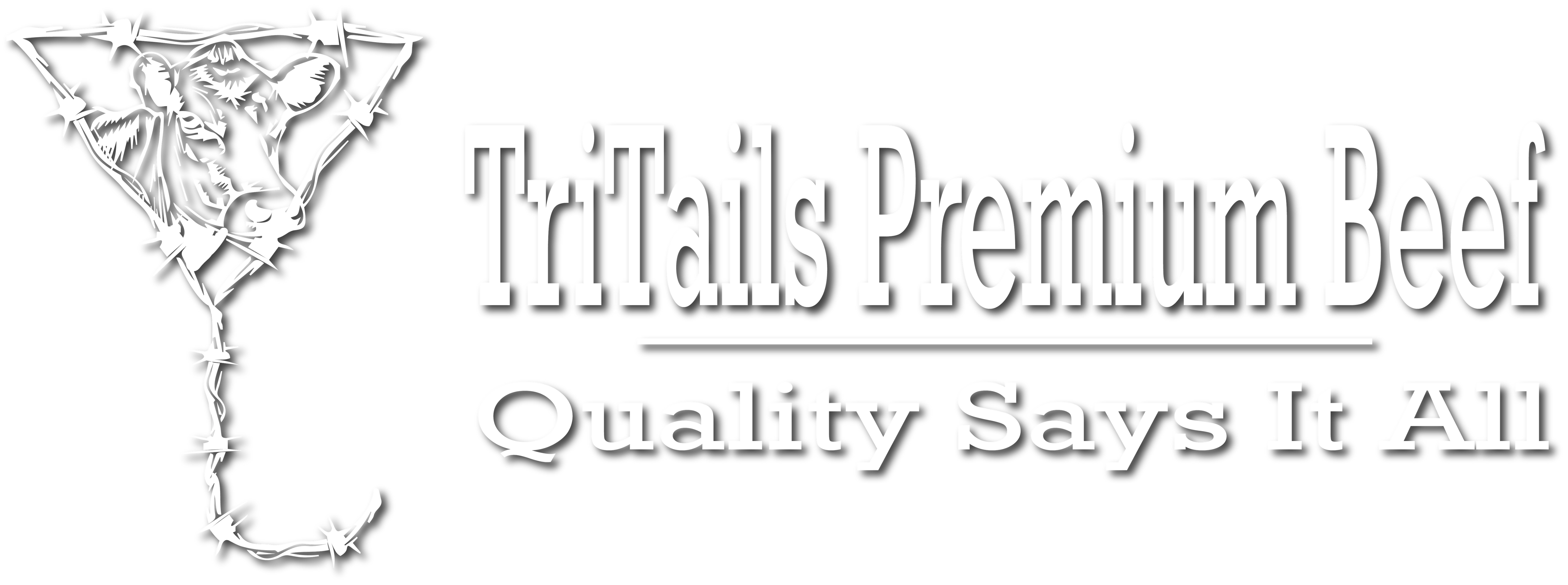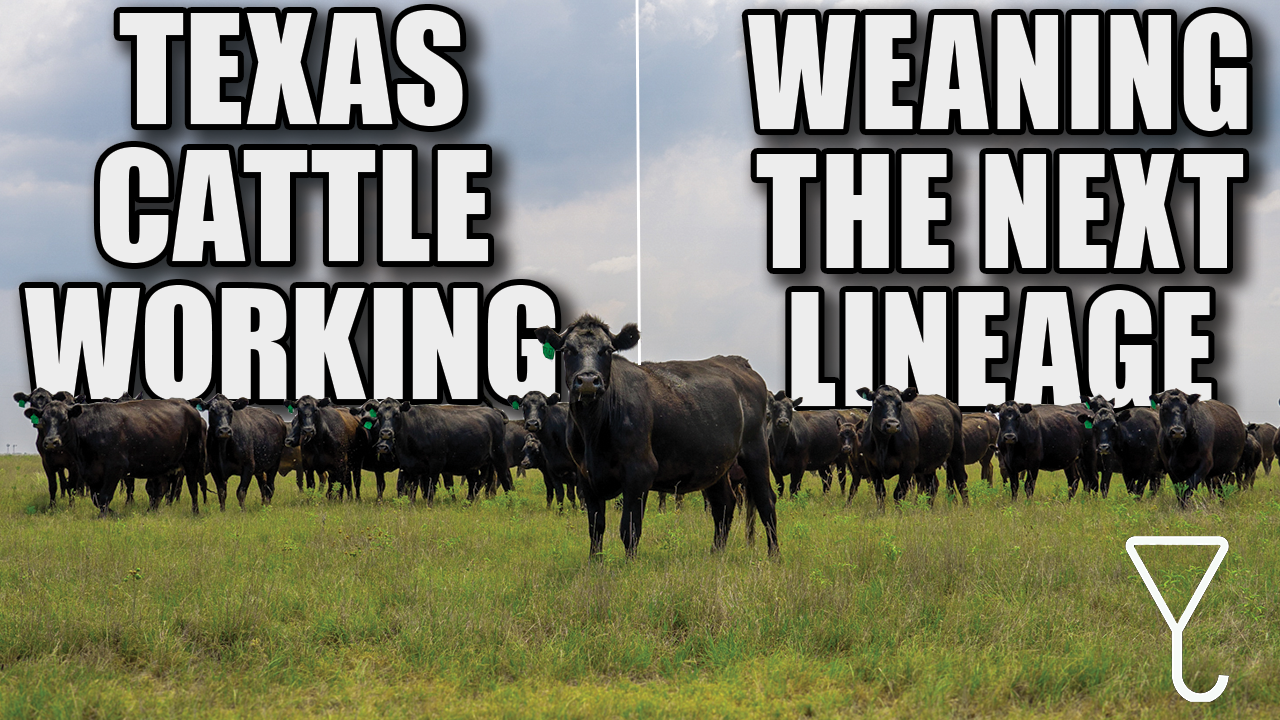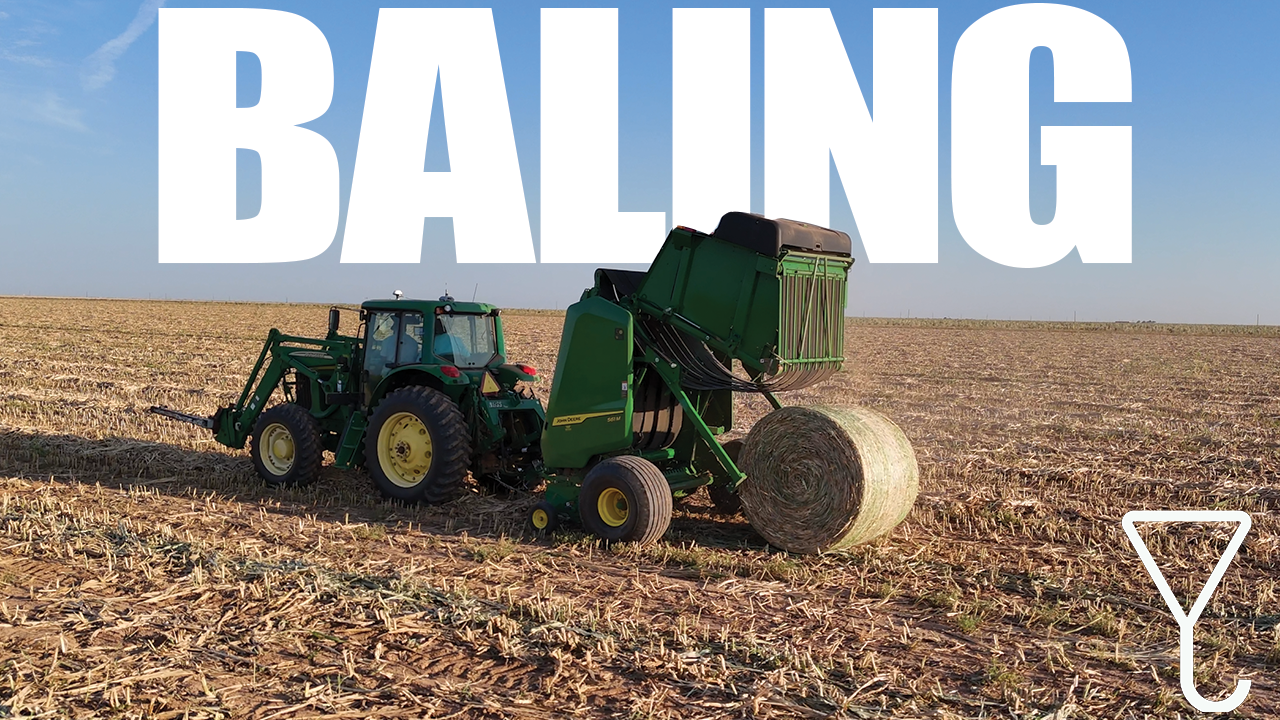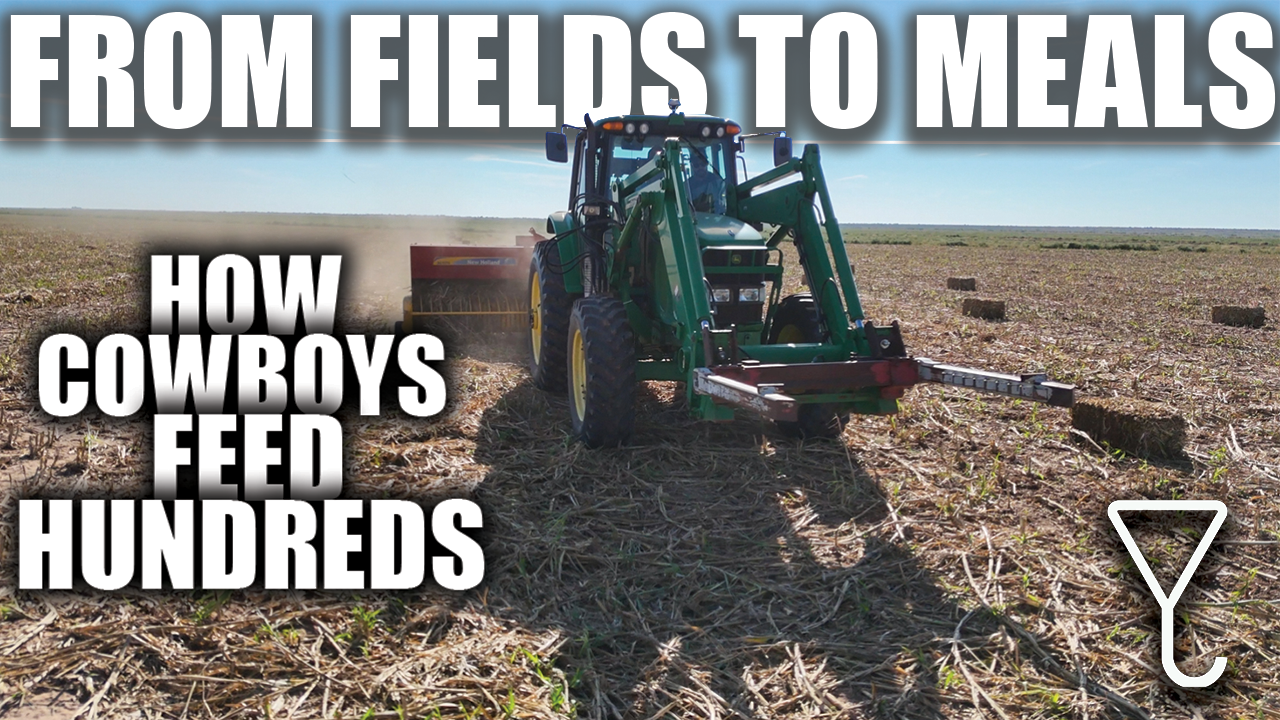Watch This Newsletter By Clicking Below
This Week on the Ranch
Hey there,
Did you know you’re a huge part of our ranching operation? It’s an honor and a blessing to be entrusted with the responsibility of caring for this land and herd—but the truth is, without folks like you who care about where their food comes from and who choose to support working Americans, it would be a whole lot harder to keep our world turning here on the ranch.

A lot of people don’t realize how tight the margins are in ranching. From the outside, they see wide pastures and historic ranch houses, but much of that was built by generations before us. Today, between feed, fuel, equipment, land costs, and vet bills, the overhead is relentless. And on top of that, big business—processors and markets—squeezes ranchers every chance they get. They set the terms, and we’re left fighting for every bit of profitability. That’s why buying direct from the ranch matters so much.
Clearing Up a Big Misunderstanding
I recently saw a short video that hit home. A farmer’s wife shared how one mistake in their operation made things so tough she had to hold a garage sale just to buy winter coats for her kids. In the comments, someone claimed, “Farmers are just living off government welfare checks.”
Here’s the truth: we don’t take government subsidies. Not one check. But even for the 95–99% of ranches that do, those payments aren’t extra money—they’re insurance. They’re there so if a drought wipes out pasture or a crop fails, the ranch doesn’t lose everything. It doesn’t buy tractors, houses, or new trucks. And most programs are geared toward massive farming outfits, not family ranches.

So let’s be clear: ranching is not easy money. The only thing keeping us going is hard work and the loyalty of people like you.
Life on the Ranch: Pregnant Heifers
Two weeks ago, Roger saddled up Lariat and I saddled Dunn, and together we pushed a group of pregnant heifers down about four miles to the pens. Sam was on the Ranger, helping us keep them gathered. At the pens, we had to sort off a handful of cows that slipped into the bunch—easy mistake, but necessary to fix.

For anyone wondering: the difference between a cow and a heifer is simple. A heifer hasn’t had a calf yet; a cow has. These were all heifers, just confirmed bred for the first time.
The vet came the next day with an ultrasound, and thankfully, almost every heifer was pregnant. That means a strong calving season ahead this winter. We’ve got plenty of hay put up, so even if a big storm hits, we’ll be ready to keep both mothers and calves fed and cared for.
This Week: Weaning and Branding
Our latest YouTube video (linked above) walks through weaning, which goes hand in hand with branding.
Some folks misunderstand these processes, so let me lay it out plainly. Cattle aren’t people or pets. They’re designed differently, built tougher. For example, cattle can be comfortable at zero degrees because rumination—the process in one of their four stomachs—produces heat. If you or I stood outside in that same weather, we’d be risking hypothermia or worse.
The same goes for branding. If a hot iron touched your skin, the pain would be unbearable. But cattle process pain differently. Branding isn’t something they dwell on—it’s a quick, necessary form of identification. Within seconds of leaving the chute, they’re acting as if nothing happened. It’s closer to the level of a scraped knee or a quick shot at the doctor than what you or I would feel under the same iron.

Weaning is another step people sometimes criticize, but it’s a natural part of life for cattle. Calves eventually need to move from milk to grass. We guide them through that transition, putting hay in the troughs and gently pushing them toward it. Over the course of a couple weeks, they learn, adapt, and are ready to graze full-time. After that, they head back out to pasture, strong and independent.
Why We Share This With You
We share these stories because ranching is more than a business—it’s a tradition, one that takes grit, faith, and a willingness to do the hard things right. Your support makes it possible for us to keep that tradition alive, even while the big players in the industry make survival harder than it should be.
So thank you—for buying beef, for following along, for caring. You’re part of keeping American ranching alive.
We’ll see you again in a couple of weeks with more stories from the ranch. In the meantime, be sure to check out the YouTube link above to watch all this in action.
God bless,
Connor McCauley
TriTails Beef




Leave a comment
All comments are moderated before being published.
This site is protected by hCaptcha and the hCaptcha Privacy Policy and Terms of Service apply.